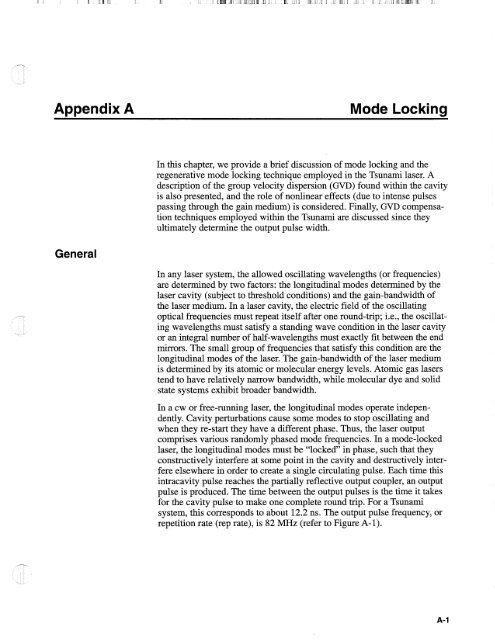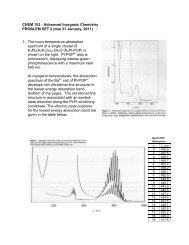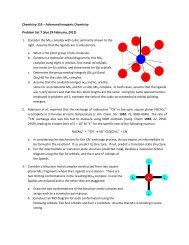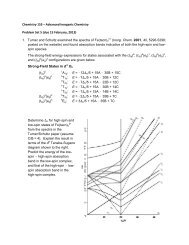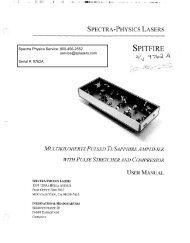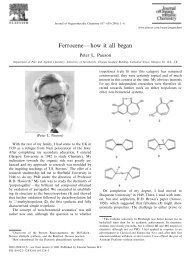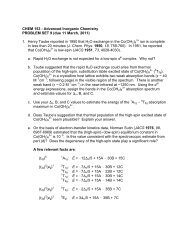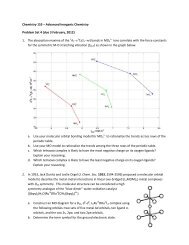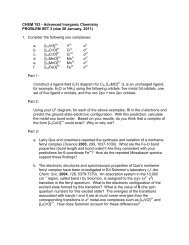Tsunami - Beckman Institute Laser Resource Center
Tsunami - Beckman Institute Laser Resource Center
Tsunami - Beckman Institute Laser Resource Center
You also want an ePaper? Increase the reach of your titles
YUMPU automatically turns print PDFs into web optimized ePapers that Google loves.
I I il : I I I 1 I<br />
Appendix A<br />
Mode Locking<br />
General<br />
In this chapter, we provide a brief discussion of mode locking and the<br />
regenerative mode locking technique employed in the <strong>Tsunami</strong> laser. A<br />
description of the group velocity dispersion (GVD) found within the cavity<br />
is also presented, and the role of nonlinear effects (due to intense pulses<br />
passing through the gain medium) is considered. Finally, GVD compensation<br />
techniques employed within the <strong>Tsunami</strong> are discussed since they<br />
ultimately determine the output pulse width.<br />
In any laser system, the allowed oscillating wavelengths (or frequencies)<br />
are determined by two factors: the longitudinal modes determined by the<br />
laser cavity (subject to threshold conditions) and the gain-bandwidth of<br />
the laser medium. In a laser cavity, the electric field of the oscillating<br />
optical frequencies must repeat itself after one round-trip; i.e., the oscillating<br />
wavelengths must satisfy a standing wave condition in the laser cavity<br />
or an integral number of half-wavelengths must exactly fit between the end<br />
mirrors. The small group of frequencies that satisfy this condition are the<br />
longitudinal modes of the laser. The gain-bandwidth of the laser medium<br />
is determined by its atomic or molecular energy levels. Atomic gas lasers<br />
tend to have relatively narrow bandwidth, while molecular dye and solid<br />
state systems exhibit broader bandwidth.<br />
In a cw or free-running laser, the longitudinal modes operate independently.<br />
Cavity perturbations cause some modes to stop oscillating and<br />
when they re-start they have a different phase. Thus, the laser output<br />
comprises various randomly phased mode frequencies. In a mode-locked<br />
laser, the longitudinal modes must be "locked" in phase, such that they<br />
constructively interfere at some point in the cavity and destructively interfere<br />
elsewhere in order to create a single circulating pulse. Each time this<br />
intracavity pulse reaches the partially reflective output coupler, an output<br />
pulse is produced. The time between the output pulses is the time it takes<br />
for the cavity pulse to make one complete round trip. For a <strong>Tsunami</strong><br />
system, this corresponds to about 12.2 ns. The output pulse frequency, or<br />
repetition rate (rep rate), is 82 MHz (refer to Figure A-1).


